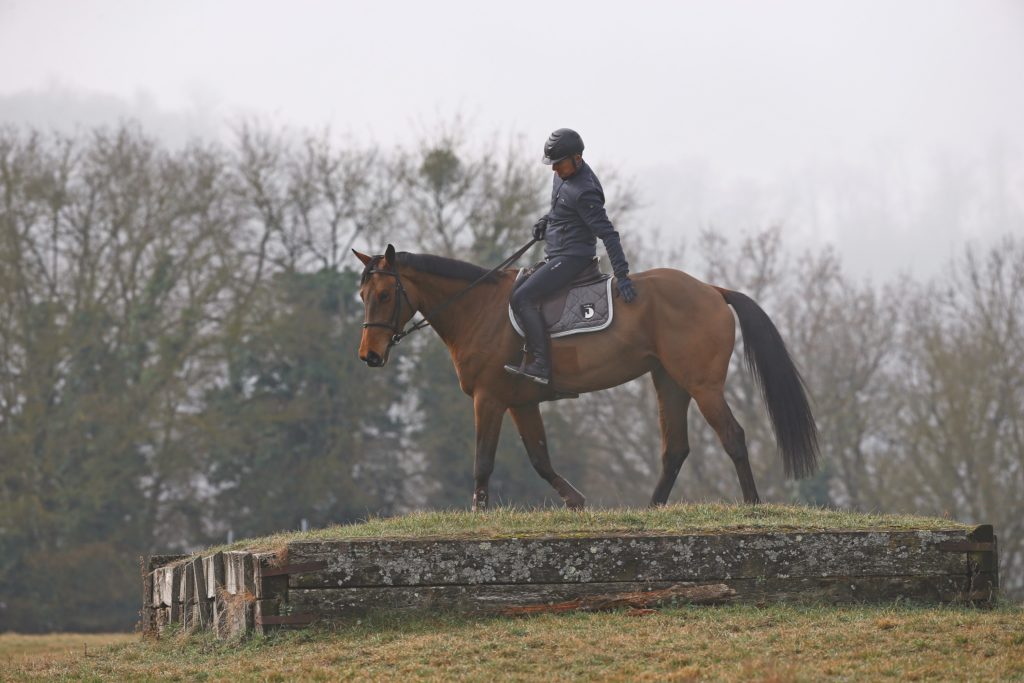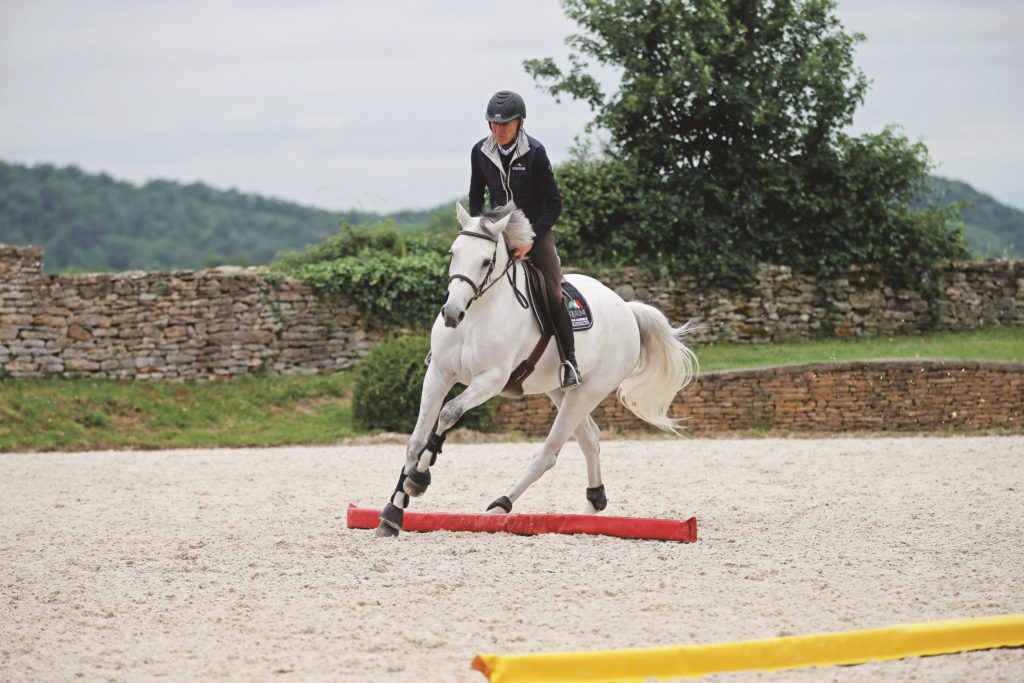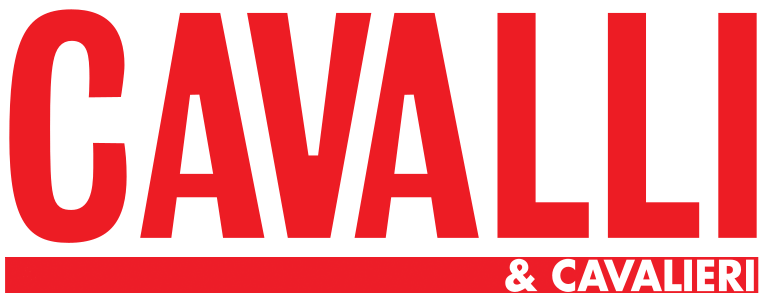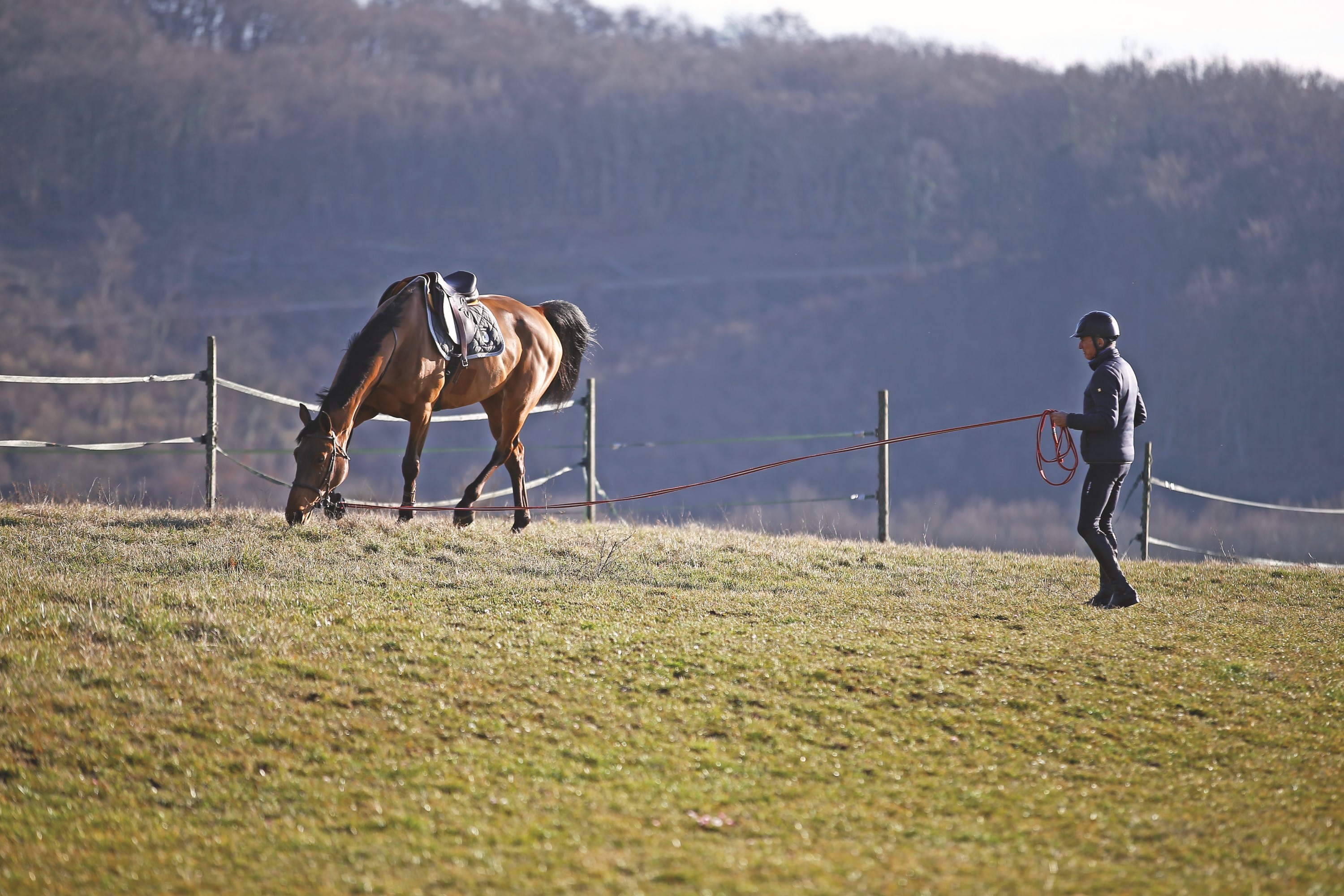THE YOUNG HORSE’S TRAINING METHOD
The basic principles for training the young horse
Michel Robert
HORSE-ACADEMY.FR
When training a young horse, my first piece of advice would be to vary between mounted, lunging and loose schooling. Where there is the opportunity, work on the lunge can be performed not only in the arena but, if possible, in a field as long as the ground is always safe to work on. (I.e., not too wet or too hard). When unmounted, the horse can work without constraints, he can loosen his muscles and release his energy. It is important to always use boots, or bandages and overreach boots. In freedom we can put some ground poles, progressing to a cross pole, a small jump, always very progressively and only when the horse is calm and relaxed. A horse can only jump freely after a appropriate learning phase, during which we must know how to ask ourselves and make requests in the correct way. For the horse, jumping must be a game, not a chore. We must always use psychology to educate our horse and remember that the reward is more worthwhile than the fear of punishment. As in ridden work, we must always measure our actions! If we always act calmly, the horse will understand and learn very quickly and will be able to answer to our questions correctly. It takes time to establish good communication: the top priority is calm and forward movement. When we feel that we have a good response from our horse it is very important to reward him, this way he will feel proud of what he has achieved. I always try to be honest with owners and riders in regards to the expectations that they should have on their horse, both about his real potential and about the time it might take to obtain the desired result. Luckily, in most cases, they understand the need for progression and care about their horses’ health and wellbeing. It’s teamwork: riders, owners, grooms, farriers… should all work with a common goal: to give the horse the best possible chance for a successful career. The most beautiful stories are those of horses that belong to owners who are loyal to them. Let’s think of those champions who have always had the same rider from the beginning, and they keep competing until they are 17 or 18 years old. Regardless of moments of joy or defeat…

Let’s give him time to grow and understand
The work of the young horse is only beneficial if we dedicate a lot of time to it and show patience. First, horses must be given time to grow, understand, learn and be as fit as possible. Competitions reserved for young horses are worthwhile only if the horse is ready physically, mentally and technically. If this isn’t the case, it is better to stay at home! Don’t waste your horse’s potential. A horse’s competition career can last more than ten years; the horse reaches its maximum potential at fourteen or even when he is older. There are horses that win CSIO at 18 years old. Therefore, we must not skip ahead! Pushing a young horse too hard and too quickly means shortening his career. Driven by his young age a horse can easily push himself too far. However, unfortunately, if the body fails, the mind also fails. This is why some horses that jumped exceptionally well as youngsters often no longer perform so well in the later stages of their career. The rider must therefore pay all his attention to the two most important parameters: the physical state and the mental state of his horse. Over time I have learned that good physical condition brings happiness and confidence. This applies to both horses and riders.
Objectives, programming, evaluations
To plan the training regime of the young horse there are essentially two starting points: Plan your work considering his physical and mental capabilities. This is the basis from which we should start with long-term objectives and discover the horse’s talent little by little. Set up the training plan according to the idea of the riders and/or owners, who sets specific short-term goals. Without a doubt, my choice would be the first option, which suports and favours progression and allows the horse to be ready to do what is asked of him. Following this principle, when a new horse arrives at my stables, I always take the time to observe him, to make a checklist of its physical state. Is he too thin? Is he too fat? Is a wormer needed? Does he need a dentist? How are his feet? Can he be shod better? Will he be cold backed? Can his back carry the rider’s weight? Maybe it would be better for him to warm up on the lunge before being ridden. And so on… the list is long, but every weak point is like an alarm that goes off. Ignoring it or trying to hide it means compromising the future of the horse. For every problem there is a solution. Generally, after a few weeks, I evaluate the progress to understand the general state of the horse. It’s very important to respect every horse’s timing when they change environment, as they are all different. Usually, I normally wait between a fortnight to a month before trying to jump a horse. Changes in habits, in the rider, in the surrounding environment always upset every horse. Some riders rush at the beginning because they think they will quickly understand the horse’s potential. But the horse’s physical and psychological disruptions have a negative impact on his adaptation to the new environment. If the goal is to keep the horse in the stables you need to give it all the time it needs. Wanting to get quick results will have a very negative impact on his health, mental wellbeing and the quality of his learning ability.

Outdoor exercise
Horses must learn to canter and jump cross country to gain confidence in themselves and their own abilities. Working outdoors and on varied terrain is fundamental both for the horse’s athletic condition and for improving his technical skills as well as balance. The rider must establish the progressive training program of his horse for correct development. Each horse must be aware of his own abilities and have confidence in its own skills. Regular Outdoor and cross country work helps developing muscle tone aimed to promote the horse’s natural impulse and balance. Cross country exercise generates energy, increases fitness levels and strengthens physical resistance and breathing capacity. A horse in good physical shape is less susceptible to disease, lameness and above all can recover more quickly after a major effort. Cross country work can be performed both on the flat at three paces and over jumps. The initial phase involves working on the flat. A simple exercise, making sure the horse goes forward at three paces, which allows the horse to find his own balance. The possibility of working on uneven terrain, with slight slopes, will encourage the horse to find his own balance while freely working on a slight incline. In order to be able to collect himself, strengthening his hindquarters and best expressing his strength, the horse needs first to lengthen his back and extend its body as much as possible. For this reason, he must be able to stretch his neck as much as possible, to the point of feeling able to graze. Without the possibility of extending his whole body, the horse blocks his back, stiffens and is unable to use his full potential. Varying the pace is another fundamental aspect: alternating large forward movements with the horse stretching his neck and bringing his nose forward and down with moments in which the stride is shortened and exercises are done on flat work, such as small circles, working on two tracks, leg yielding and shoulder in.
Breaks are always essential. During the break the horse relaxes and has time to think about the exercise he has performed, retaining the memory and therefore learning. If we don’t give him a break, the horse doesn’t have time to assimilate and retain what he has learned. The break must always be accompanied by a reward, a sugar cube, a carrot, some grass. A reward for the horse is also the simply letting go of the reins long and letting him graze on a tuft of grass.




